Home>Interior Design>What Color Is Replacing Dark Blue? Designers Prefer This Color
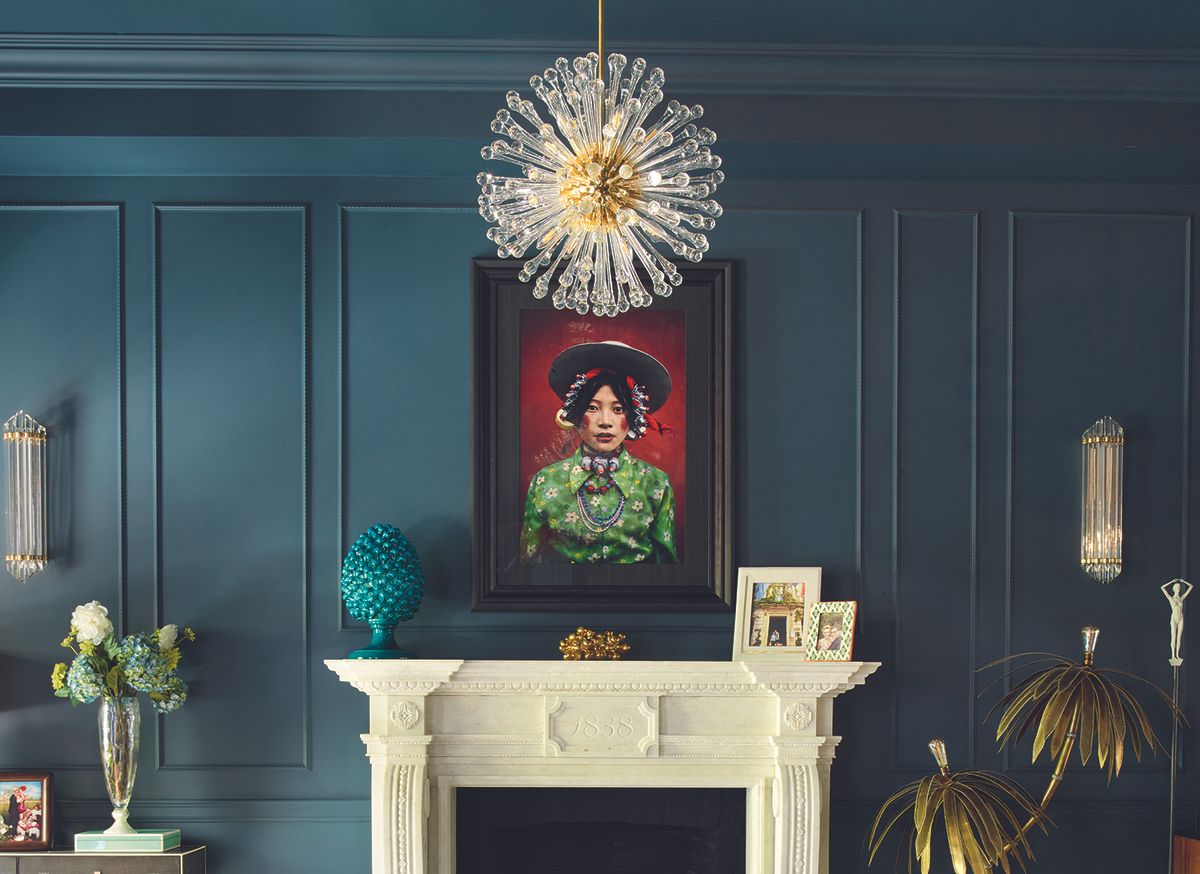

Interior Design
What Color Is Replacing Dark Blue? Designers Prefer This Color
Modified: January 5, 2024
Discover the trending color replacing dark blue in interior design. Preferred by designers, this color will transform your space with a fresh and modern look.
(Many of the links in this article redirect to a specific reviewed product. Your purchase of these products through affiliate links helps to generate commission for Storables.com, at no extra cost. Learn more)
Introduction
In the world of interior design, colors play a crucial role in setting the mood and creating a harmonious living space. From vibrant hues to subtle shades, each color has its own unique effect on our emotions and perception. Dark blue, with its calming and mysterious allure, has been a popular choice among designers for years. However, like all trends, there comes a time for change.
In recent times, designers have been gravitating towards a new color that is slowly replacing dark blue as the go-to choice for many interior design projects. This color, which we will reveal shortly, offers a fresh and contemporary twist to traditional design aesthetics.
So, what exactly is this new color that is capturing the attention of interior designers worldwide? Let’s delve deeper into the trend of replacing dark blue and explore why this alternative color is becoming the preferred choice among designers.
Key Takeaways:
- Sage green is replacing dark blue as the preferred color in interior design, offering a refreshing, versatile, and timeless aesthetic that promotes a connection to nature and enhances mood and atmosphere.
- Designers are drawn to sage green for its modern, mood-enhancing, and versatile qualities, making it a top choice for creating visually appealing and harmonious living spaces.
The Trend of Replacing Dark Blue
In the world of design, trends come and go. What was once popular and trendy may eventually fade away as new styles emerge. Such is the case with dark blue, a color that has dominated interior design palettes for quite some time.
While dark blue has its merits, such as its ability to evoke a sense of tranquility and sophistication, designers are constantly seeking fresh ideas and new color palettes to bring into their projects. This desire for innovation has sparked the trend of replacing dark blue with a different color that offers a refreshing approach to design.
Designers are finding that this switch not only injects new life into their projects but also allows for greater versatility and adaptability. The new color brings with it a sense of novelty and excitement, which resonates with clients who are looking for a modern and contemporary aesthetic in their living spaces.
Moreover, the trend of replacing dark blue is not limited to a specific design style. Whether it’s a minimalist, Scandinavian, or eclectic design approach, the new color seamlessly blends into various design themes, making it a versatile choice for designers.
But what exactly is this color that is gradually taking the place of dark blue? Let’s explore the preferred color choice among designers and uncover the reasons behind its growing popularity.
The Preferred Color Choice among Designers
As designers continue to embrace the trend of replacing dark blue, one color has emerged as the preferred choice in the industry – sage green. This soft and earthy shade has gained significant popularity and is rapidly becoming a staple in interior design projects.
Sage green offers a refreshing change from the deep, moody tones of dark blue. Its light and airy presence injects a sense of freshness and natural beauty into any space. Designers are drawn to its calming and soothing qualities, which create a harmonious atmosphere and promote a connection to nature.
The versatility of sage green is another reason why designers are gravitating towards it. This color effortlessly complements a wide range of decor styles, whether it be modern, rustic, or bohemian. It serves as a neutral backdrop that can be paired with various accent colors and materials, allowing for endless design possibilities.
Furthermore, sage green has a timeless appeal that transcends trends. While it may be the preferred choice at the moment, it is a color that can stand the test of time and continue to exude elegance and sophistication for years to come.
When it comes to practicality, sage green also excels. It is a color that can easily adapt to different lighting conditions, appearing fresh and vibrant in natural sunlight and retaining its beauty in artificial lighting. This adaptability makes it a reliable choice for designers who want to ensure consistency in the visual appeal of their designs.
In summary, the shift towards sage green as the preferred color choice among designers can be attributed to its refreshing and natural aesthetic, versatility in design applications, timeless appeal, and practicality. It has become a go-to color for those seeking a contemporary and harmonious living environment.
The color replacing dark blue is a deep shade of green called “hunter green.” Designers prefer this color for its versatility and timeless appeal in various design applications.
Reasons for Choosing the New Color
As designers embrace the trend of replacing dark blue with the new color of choice, several compelling reasons have contributed to this shift. Let’s explore the key factors that make the new color a preferred choice among designers:
- Refreshing and Modern: The new color brings a refreshing and contemporary twist to design projects. It offers a departure from the traditional and predictable choices, injecting a sense of modernity and innovation into interior spaces.
- Versatility: Designers are drawn to the versatility of the new color. It seamlessly complements various design styles, allowing for greater flexibility in creating harmonious and cohesive living environments. Whether it’s used as a main color or an accent, the new color effortlessly adapts to different design aesthetics.
- Mood-enhancing: The chosen color has a positive impact on the overall mood of a space. It promotes a sense of calm, relaxation, and well-being, creating a serene atmosphere that is conducive to unwinding and rejuvenation.
- Connection to Nature: The new color evokes a connection to the natural world. It resembles elements found in nature, such as plants, foliage, and earthy landscapes. By incorporating this color, designers can bring a touch of the outdoors into indoor spaces, fostering a sense of tranquility and harmony.
- Timelessness: One of the key reasons for choosing the new color is its timeless appeal. While trends come and go, this color has the ability to withstand the test of time. It provides a lasting aesthetic that can be enjoyed for years, ensuring that the design remains relevant and visually pleasing for a long time.
- Emotional Connection: The new color has the power to evoke emotions and create a specific ambiance within a space. Designers carefully consider the psychological effects of colors, and the chosen color has been found to evoke feelings of comfort, positivity, and serenity.
These reasons, among others, have solidified the new color as a top choice among designers. Its ability to bring a refreshing and modern touch, its versatility, mood-enhancing properties, connection to nature, timelessness, and emotional impact all contribute to its rise in popularity within the interior design community.
Impact of the New Color in Design
The introduction of the new color into interior design has had a significant impact on the overall aesthetic and atmosphere of spaces. Let’s explore the key ways in which the new color has made its mark:
- Fresh and Contemporary Look: The new color instantly infuses a sense of freshness and modernity into any design project. Its introduction creates a visually striking impact, catching the eye and capturing attention.
- Enhanced Mood and Atmosphere: Designers have observed that the new color has the ability to enhance the mood and atmosphere of a space. It promotes a sense of calm, relaxation, and well-being, creating a harmonious and inviting environment for occupants.
- Increased Versatility: One of the greatest advantages of the new color is its versatility. It serves as a neutral base that pairs well with a wide range of accent colors and materials. This versatility allows designers to experiment with different combinations and create personalized looks that suit the taste and preferences of their clients.
- Natural Connection: Incorporating the new color into design projects fosters a connection to nature. It creates a soothing and organic feel, bringing elements of the natural world indoors. This connection to nature has been found to have a positive impact on mental well-being and general health.
- Timeless Appeal: The new color offers a timeless appeal that transcends passing trends. Its classic and enduring quality ensures that designs remain relevant and visually pleasing for years to come. This timelessness allows for longevity in design choices, avoiding the need for frequent updates or renovations.
- Improved Visual Balance: The introduction of the new color promotes visual balance within a space. It can be used to highlight architectural features, create focal points, or bring a sense of equilibrium to an otherwise busy design scheme.
The impact of the new color on design has been profound, enhancing the aesthetic appeal, promoting a positive atmosphere, increasing versatility, fostering a connection to nature, ensuring timelessness, and creating visual balance. These effects contribute to the overall success and satisfaction of both designers and clients alike.
Conclusion
The trend of replacing dark blue with a new color in interior design has showcased the ever-evolving nature of the industry. Designers are constantly seeking fresh ideas and innovative color palettes to create visually appealing and harmonious living spaces.
With the shift towards sage green as the preferred choice among designers, a new era of design aesthetics is unfolding. Sage green offers a refreshing and contemporary look, while also providing a calming and soothing atmosphere. Its versatility, timeless appeal, and ability to foster a connection to nature make it an ideal choice for a variety of design styles and preferences.
The impact of this new color in design is substantial. It brings a fresh and modern touch to spaces, enhances mood and atmosphere, increases design versatility, fosters a natural connection, ensures timeless appeal, and promotes visual balance. These effects have garnered the attention and admiration of designers and clients alike.
As interior design continues to evolve, it is important to embrace new trends and explore different color palettes to create captivating and livable spaces. The trend of replacing dark blue with the new color represents an exciting evolution in design, pushing boundaries, and sparking creativity.
So, whether you’re redesigning your home or embarking on a new design project, consider the impact and possibilities that this new color can bring to your space. Embrace the trend, and let the new color transform your living environment into a haven of style, comfort, and harmony.
Frequently Asked Questions about What Color Is Replacing Dark Blue? Designers Prefer This Color
Was this page helpful?
At Storables.com, we guarantee accurate and reliable information. Our content, validated by Expert Board Contributors, is crafted following stringent Editorial Policies. We're committed to providing you with well-researched, expert-backed insights for all your informational needs.
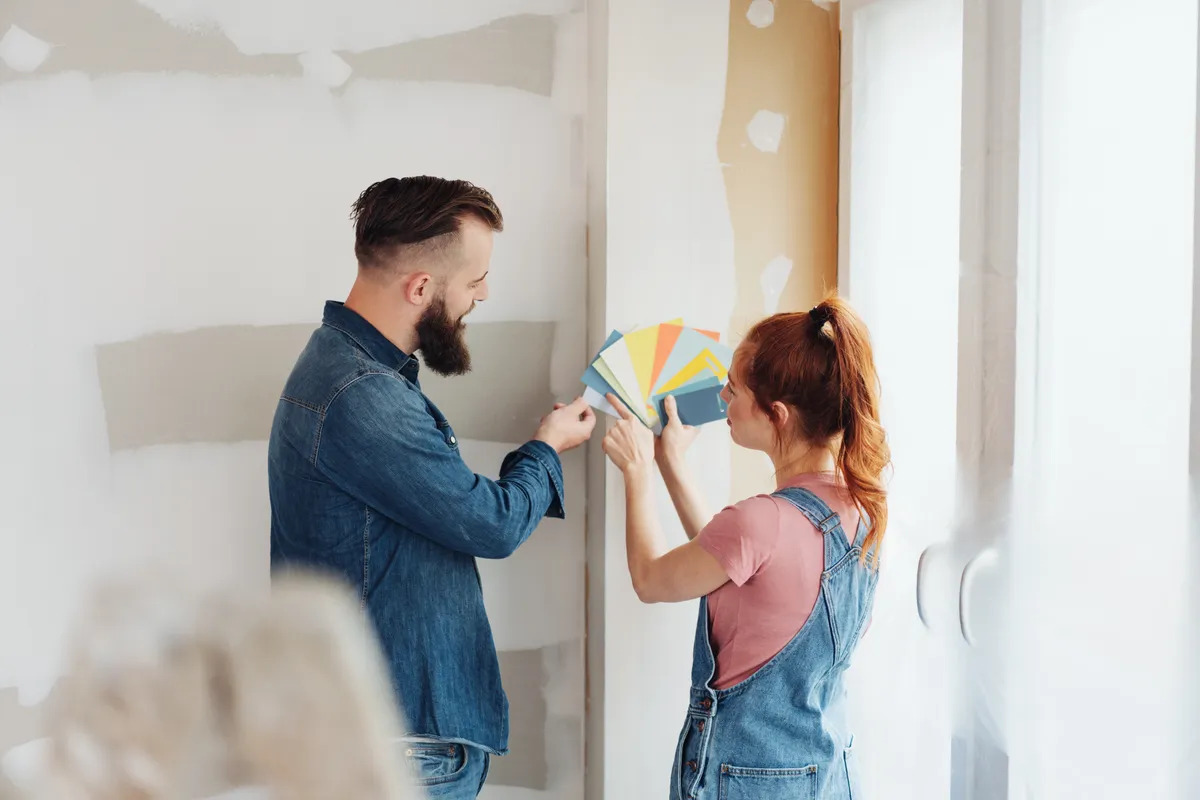
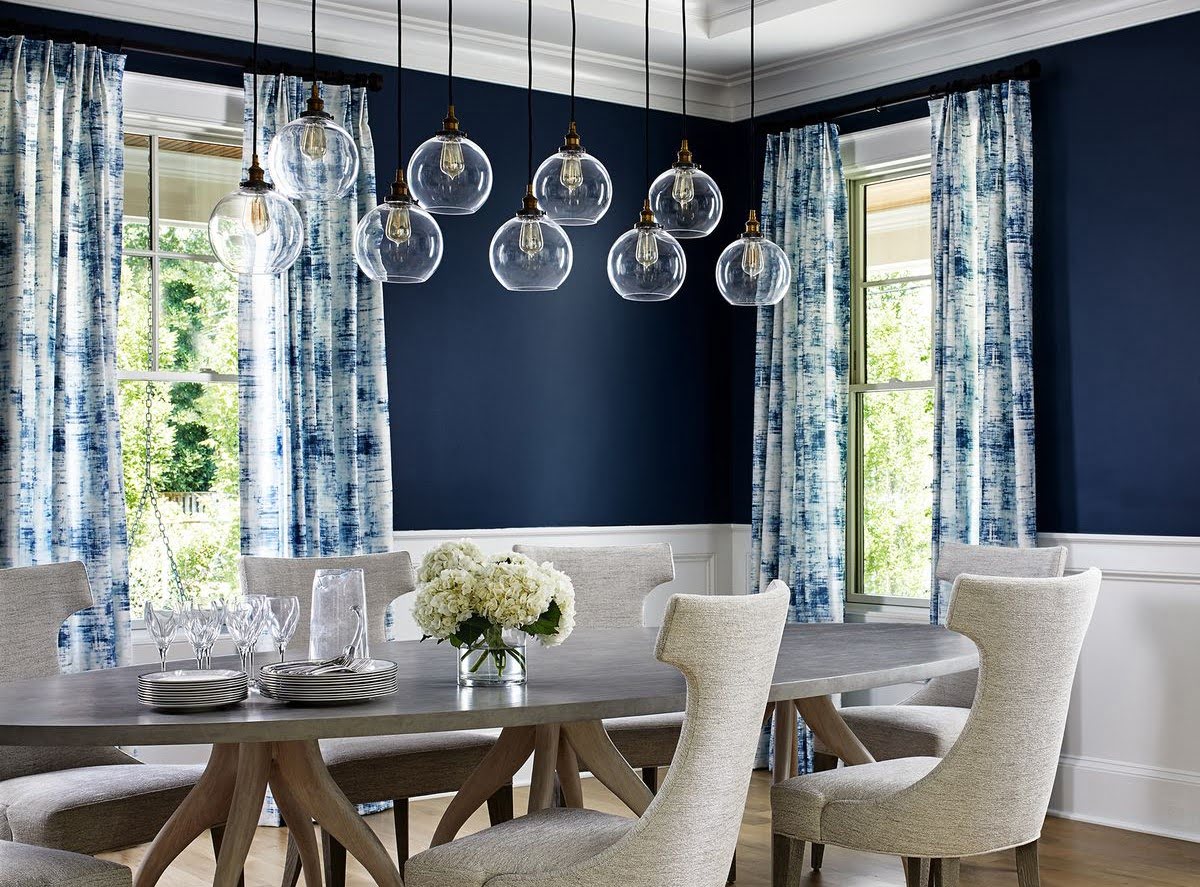
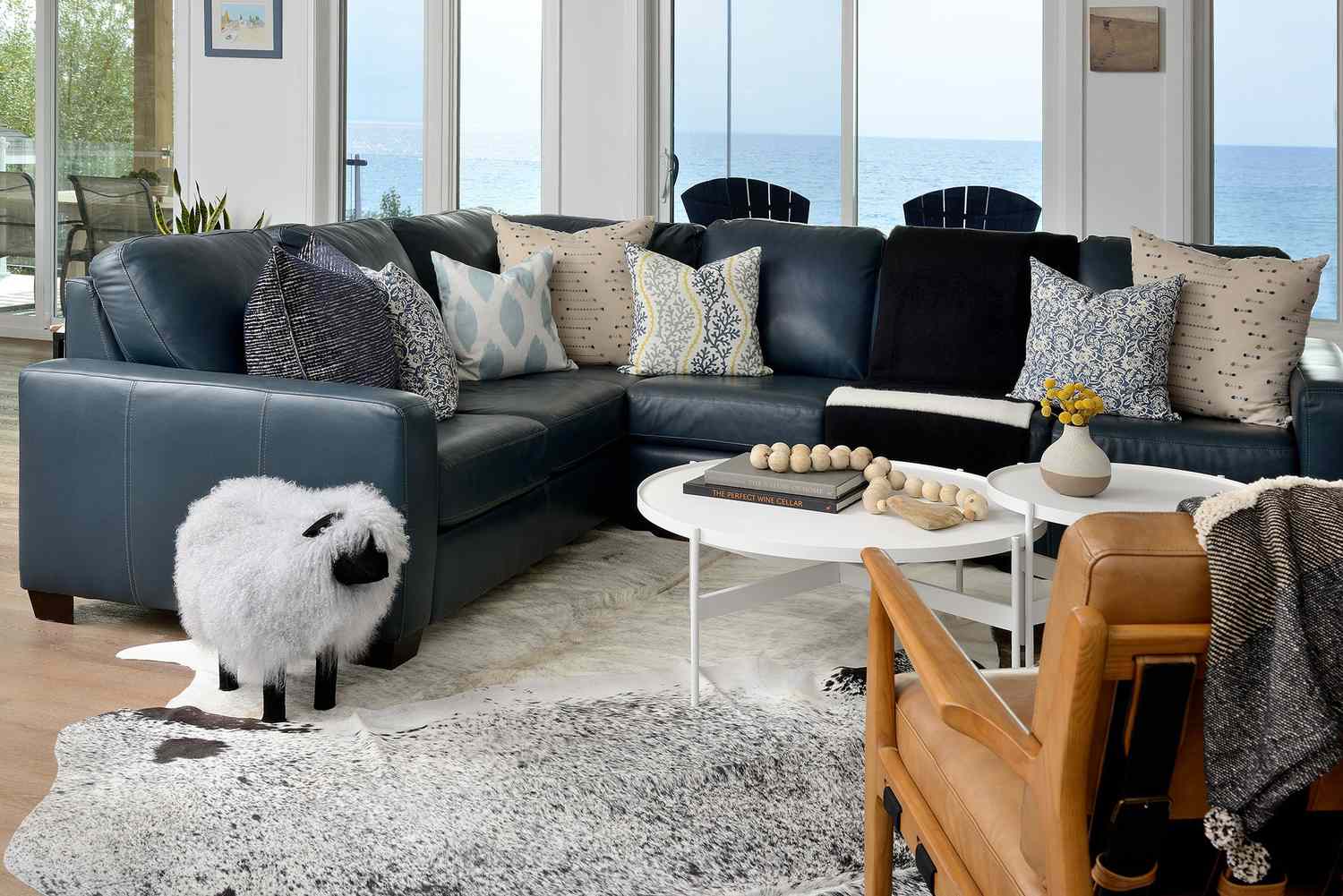
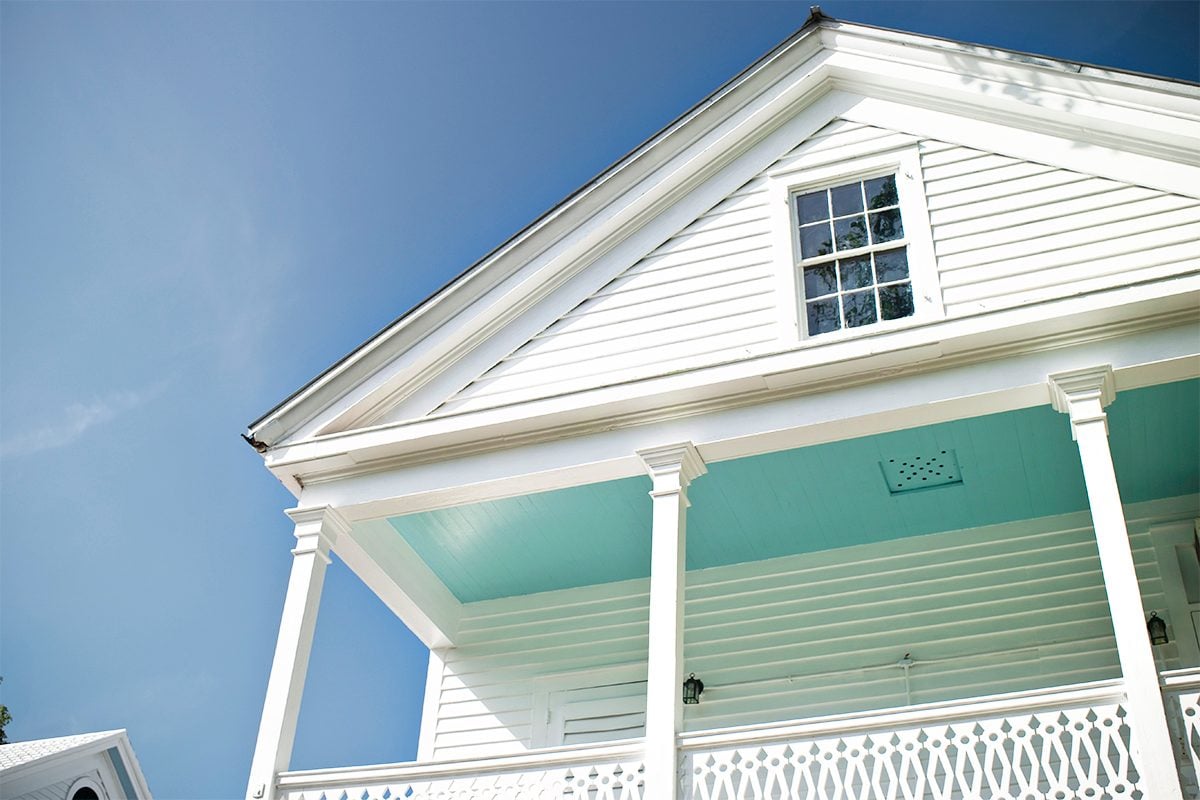
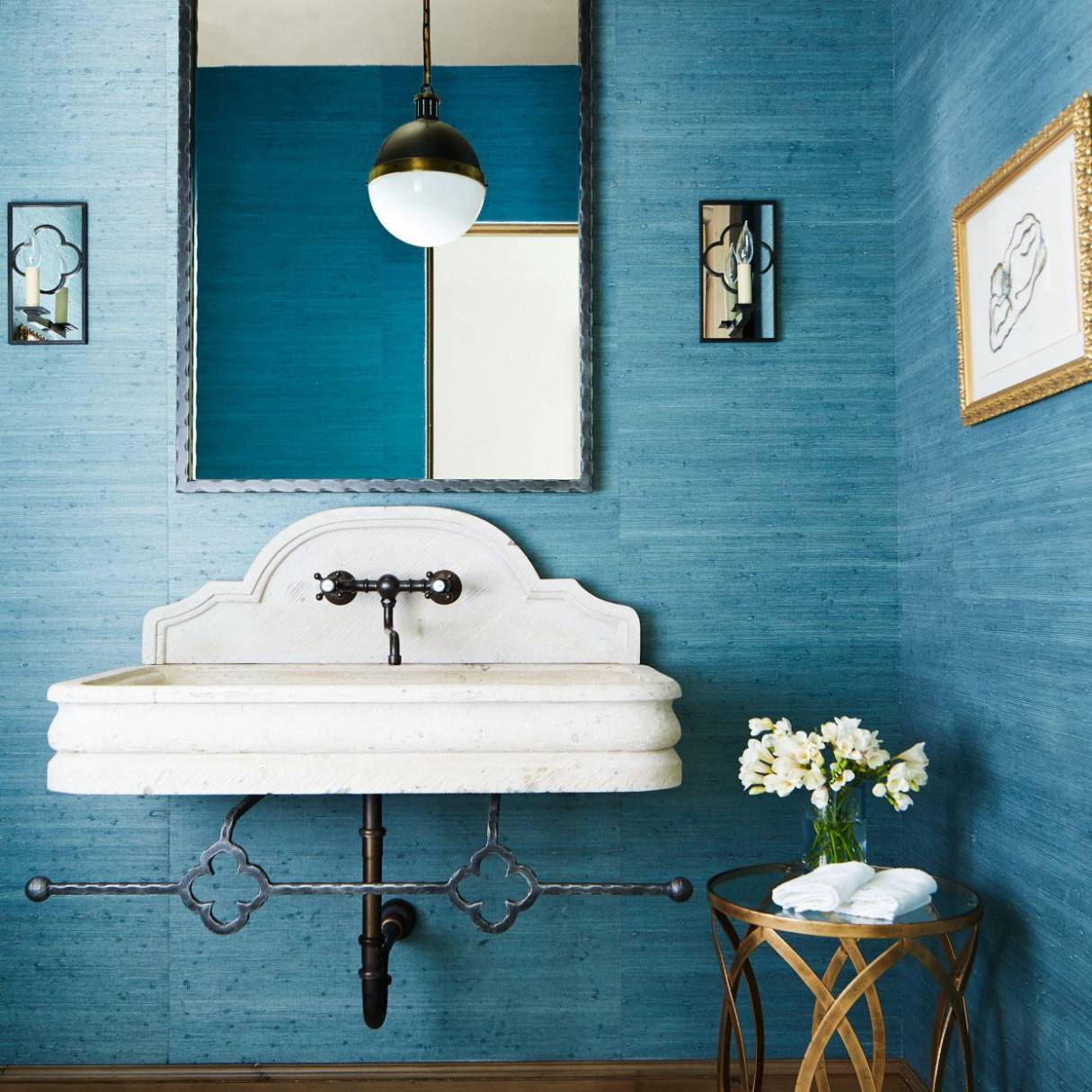
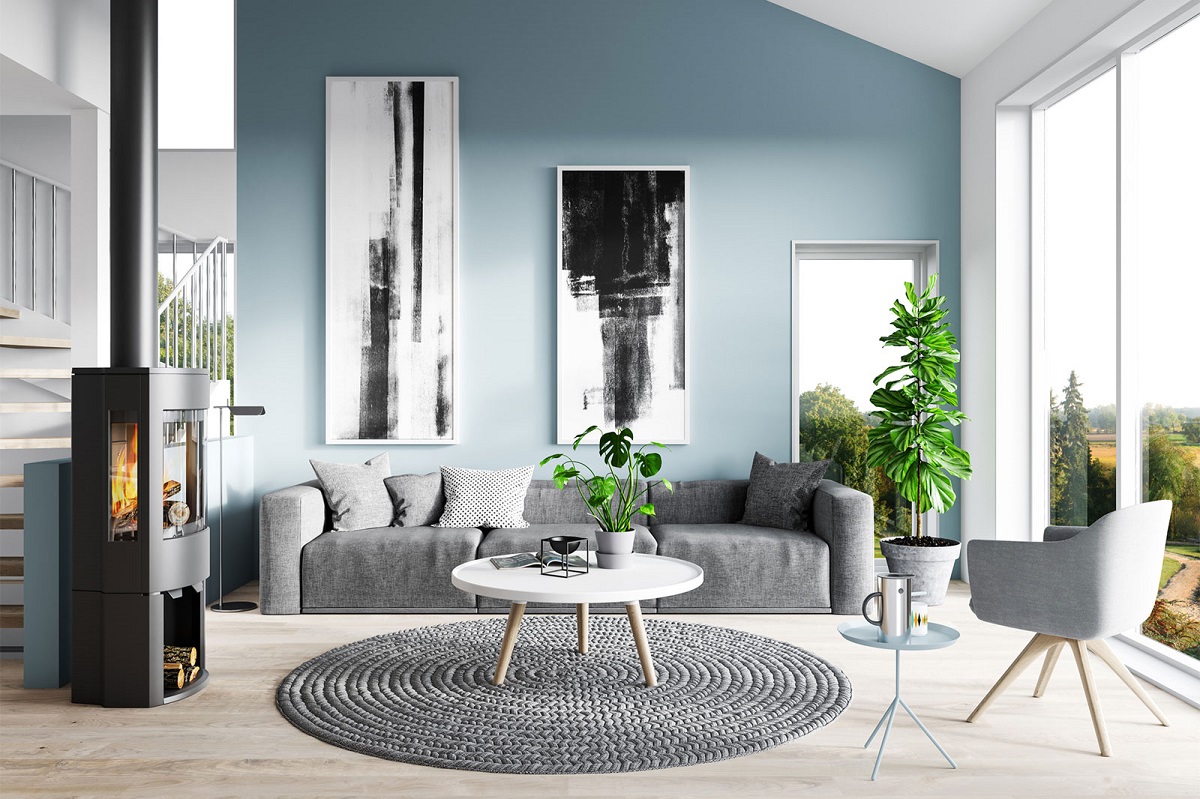
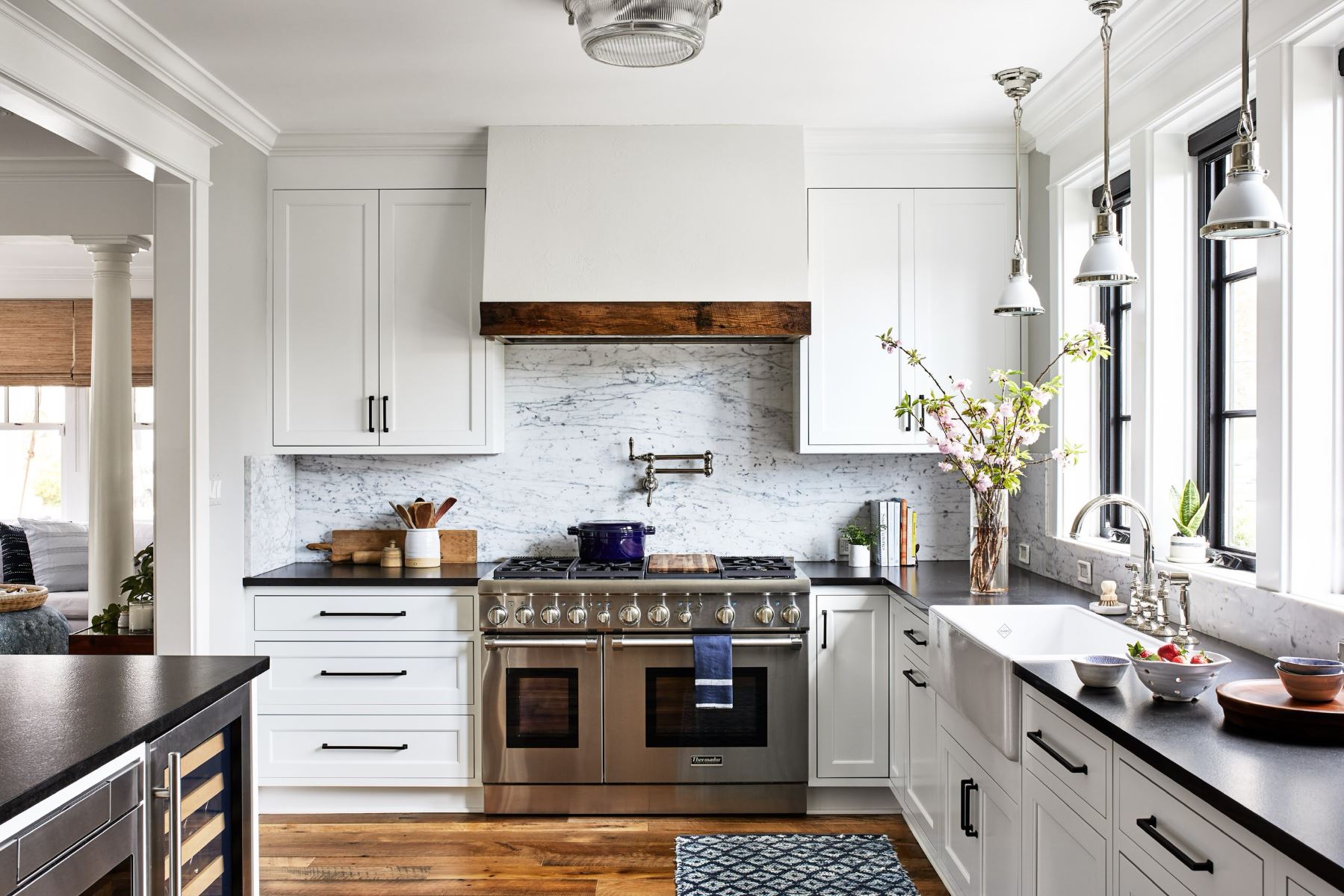
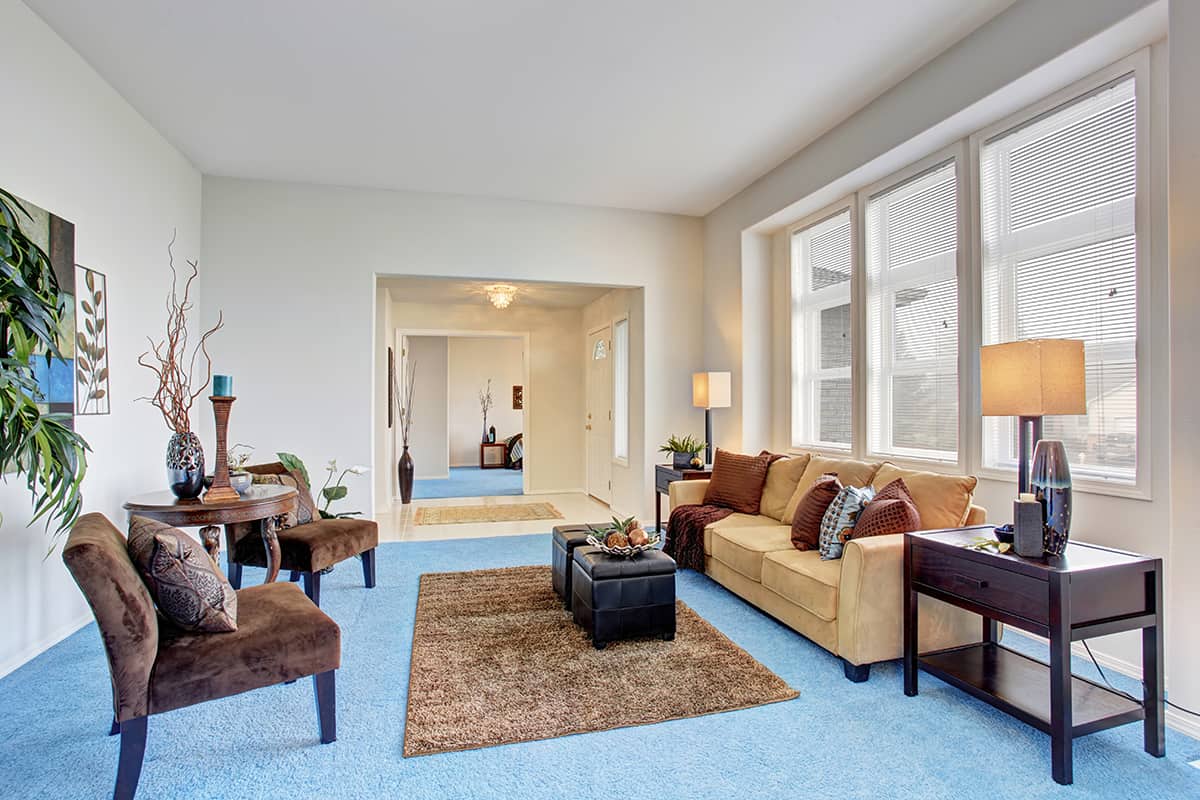
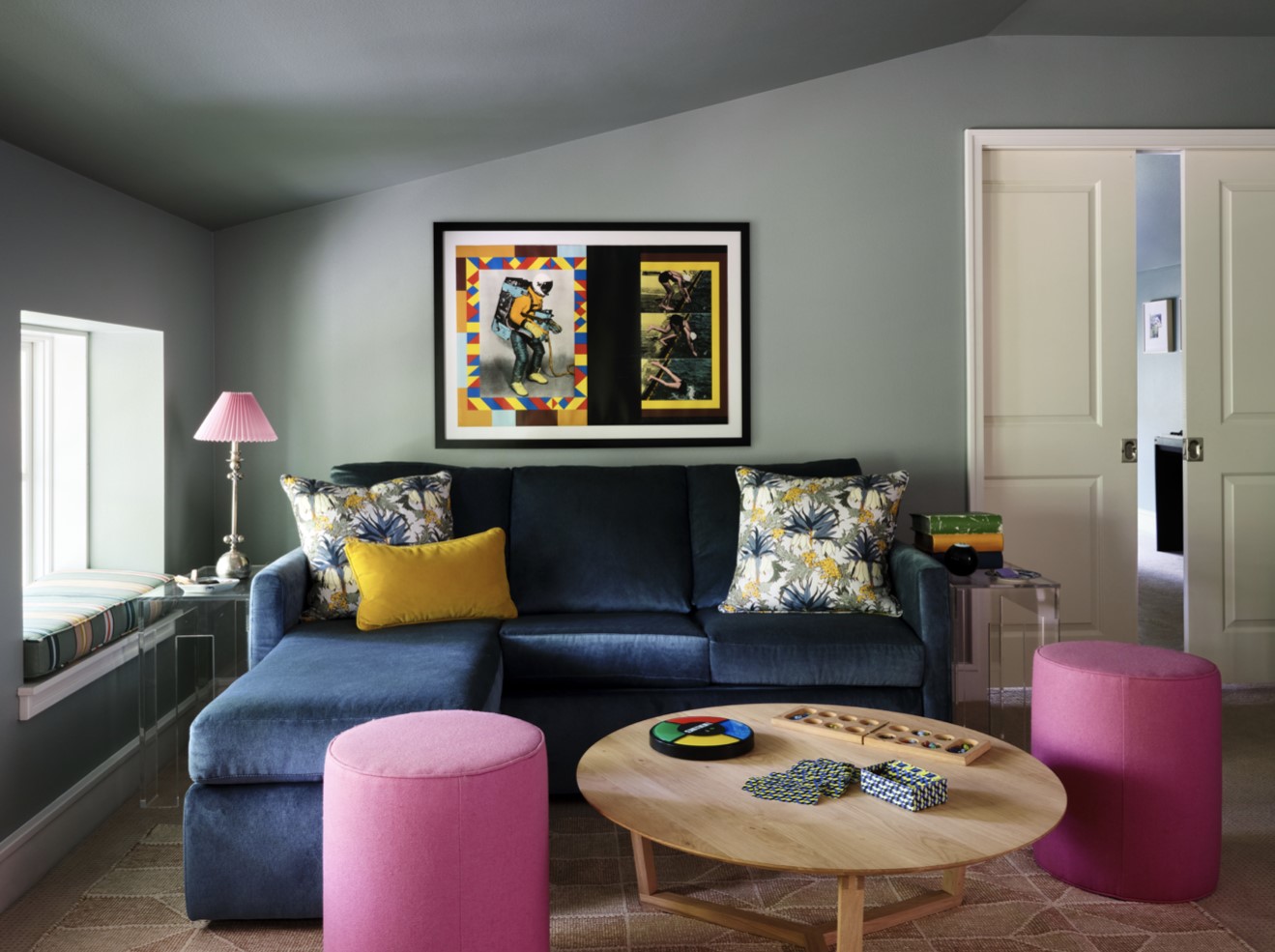
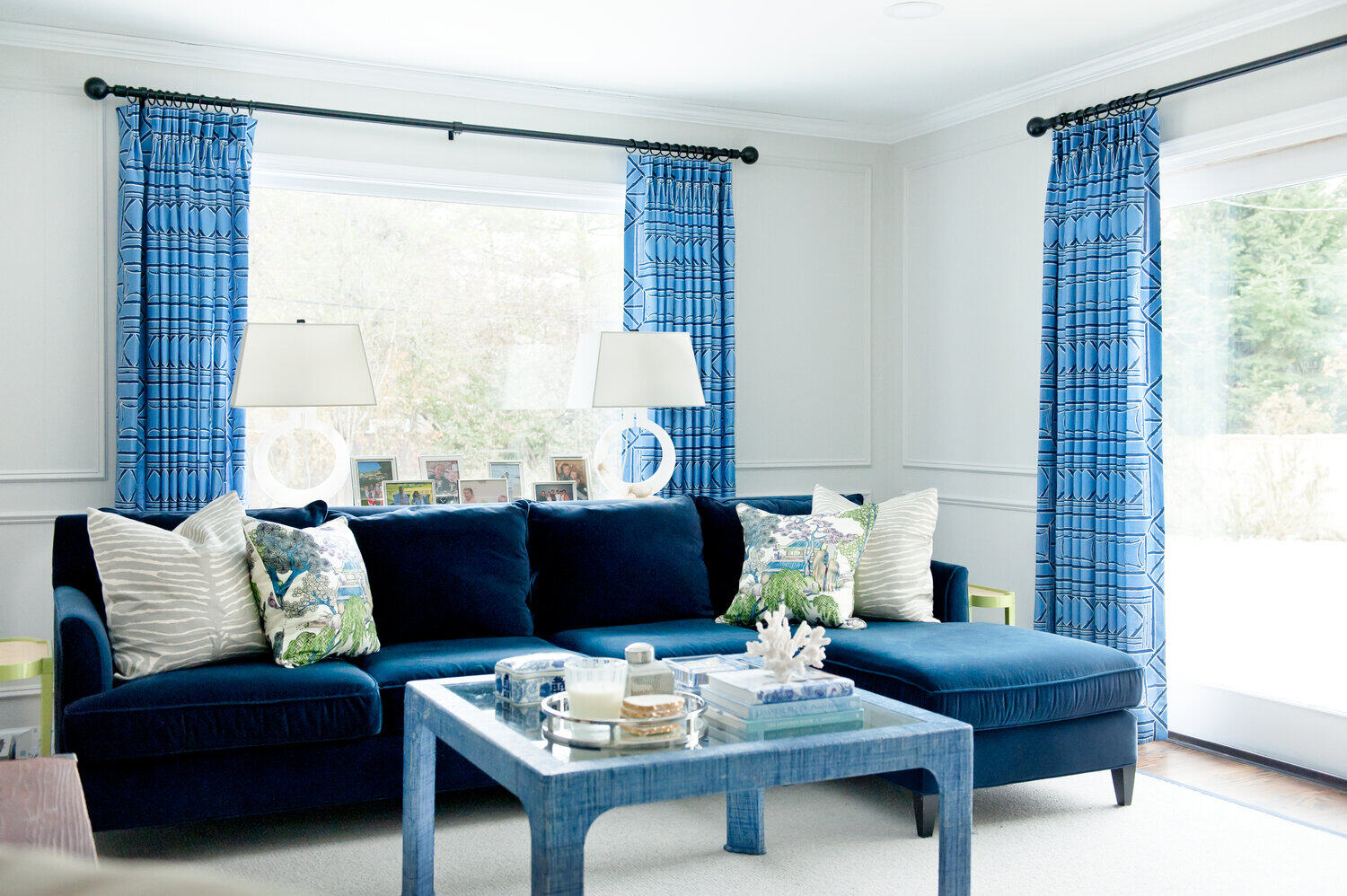
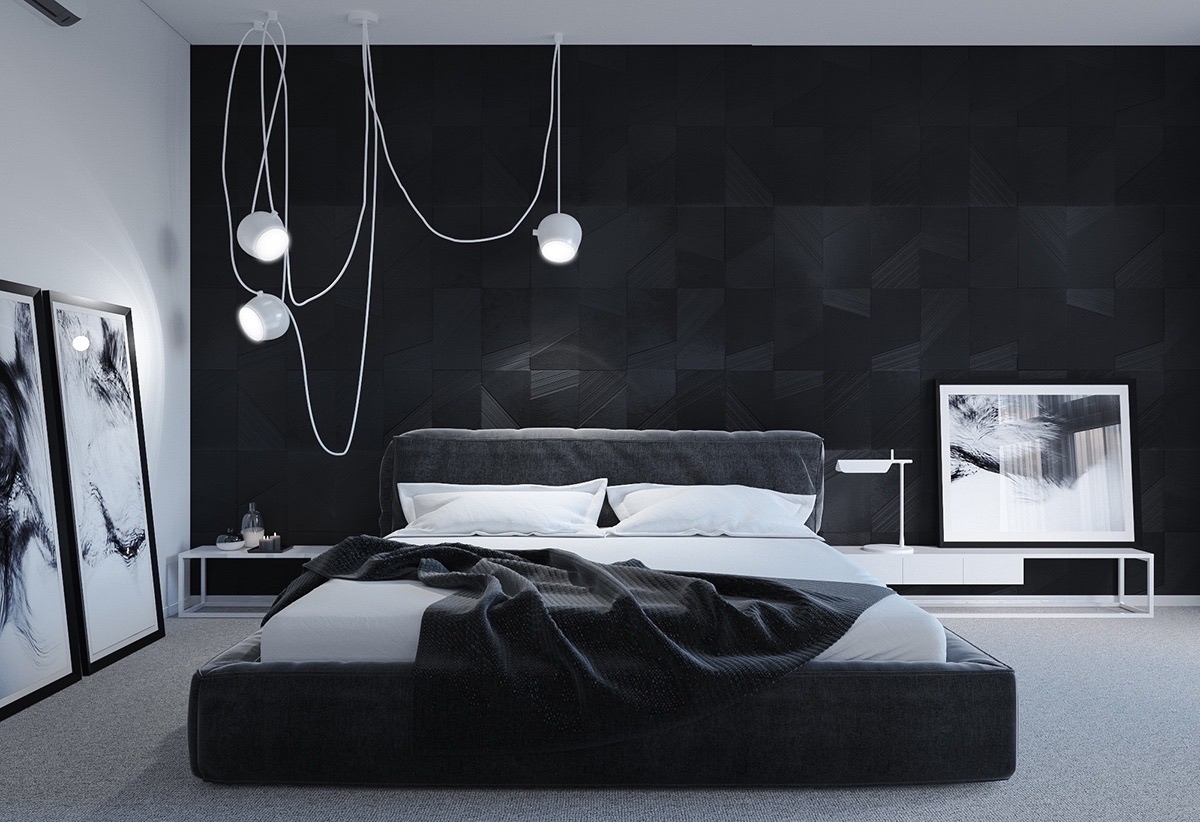
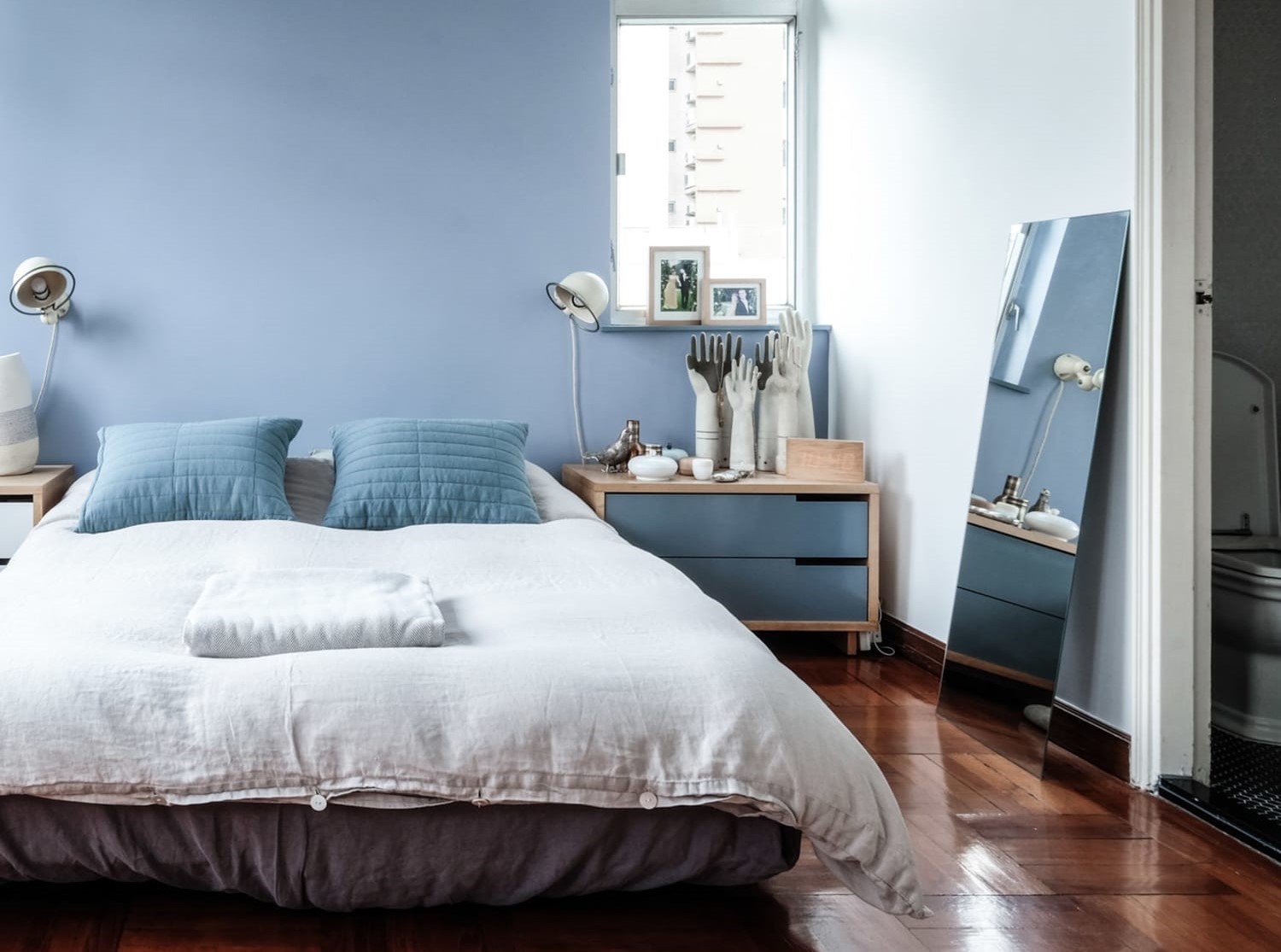
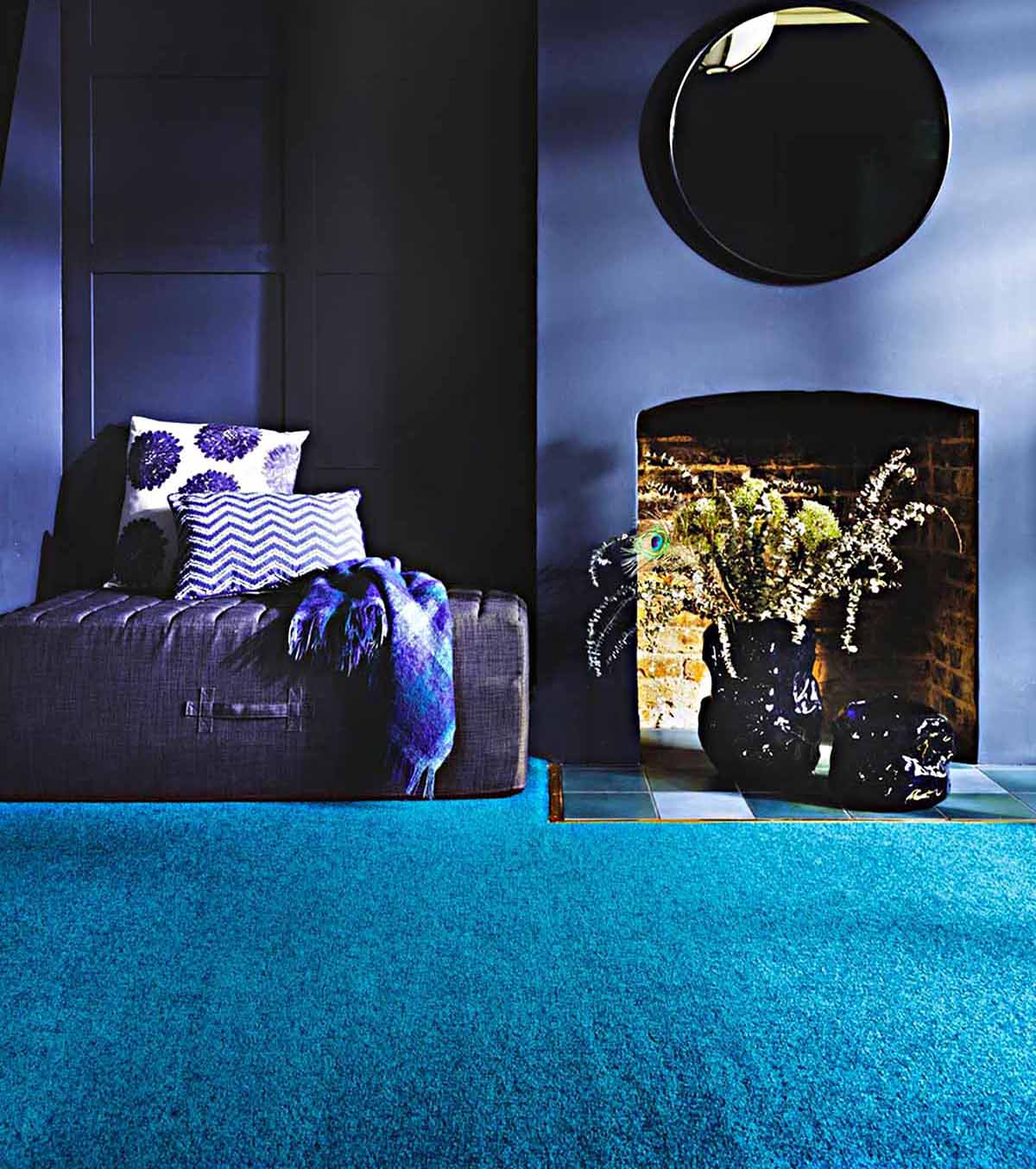
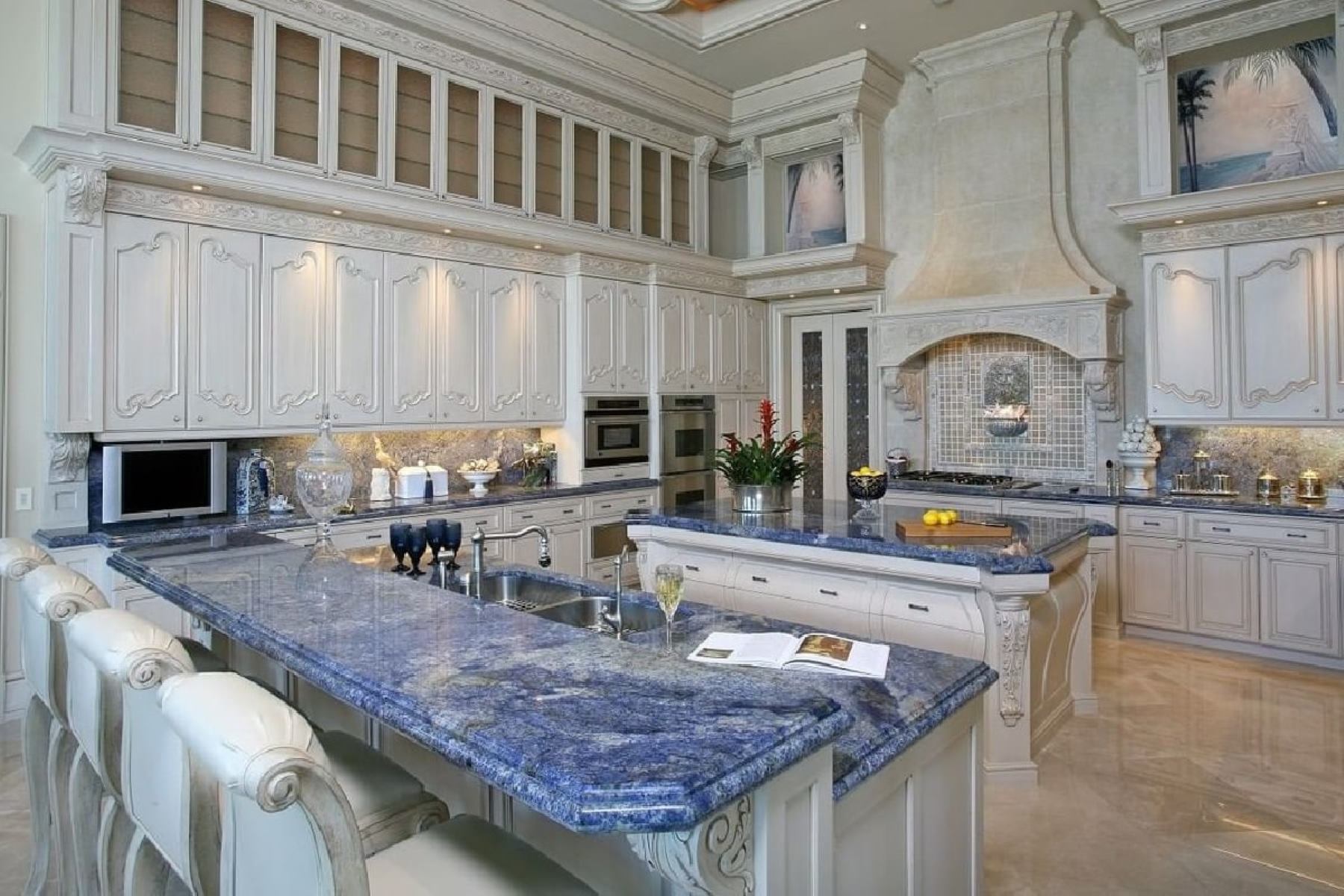

0 thoughts on “What Color Is Replacing Dark Blue? Designers Prefer This Color”